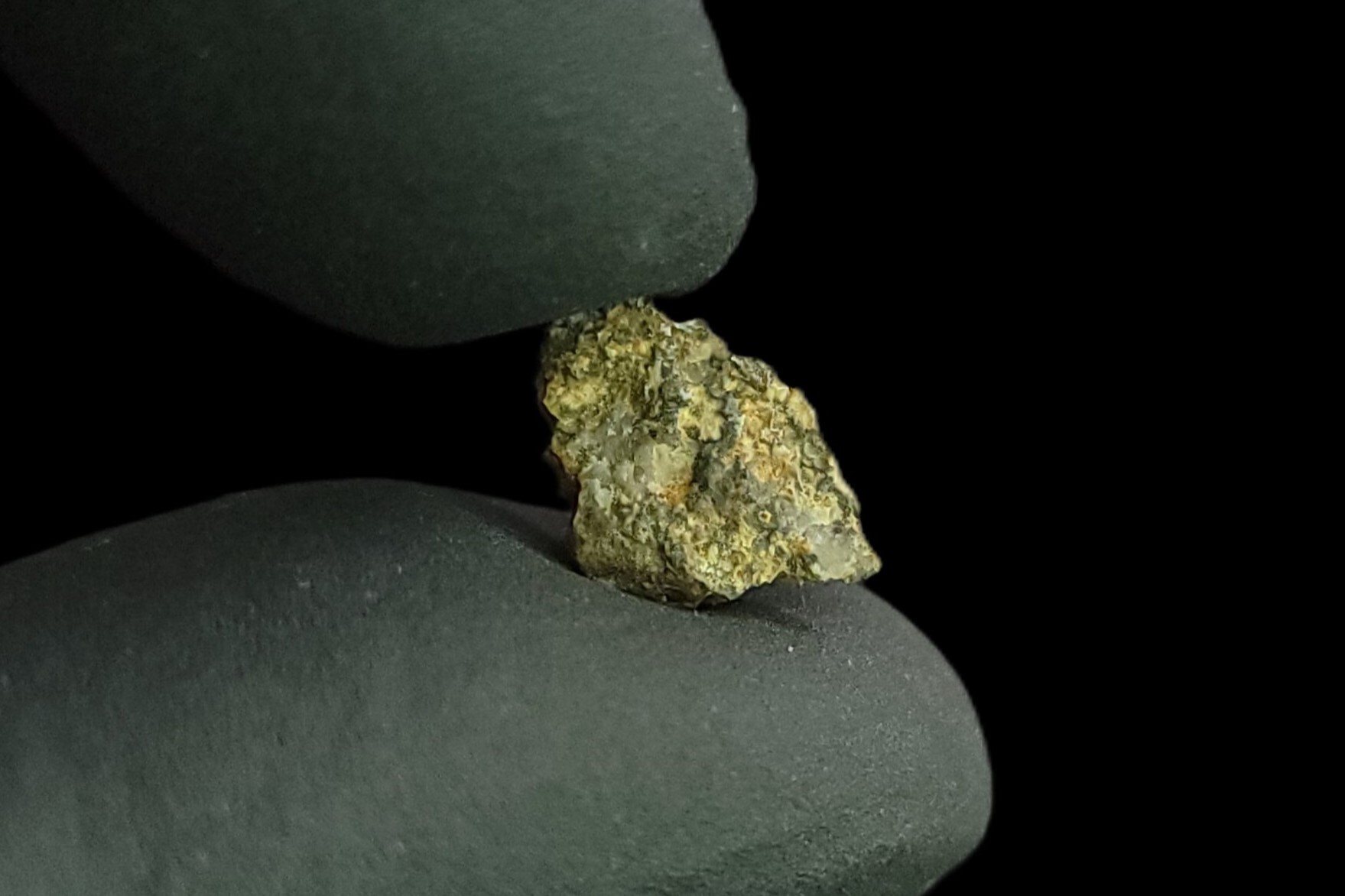
What is Dzhalindite? Dzhalindite is a rare mineral that catches the eye with its unique properties. Found primarily in Russia, this mineral is composed of indium hydroxide. It’s not something you stumble upon every day, making it a gem for collectors and geologists alike. Why is Dzhalindite special? Its rarity and the fact that it contains indium, a metal used in electronics, make it noteworthy. How is it formed? Typically, it forms in hydrothermal veins, which are cracks in rocks filled with hot, mineral-rich water. Want to know more? Keep reading to uncover 20 fascinating facts about this intriguing mineral.
Key Takeaways:
- Dzhalindite is a rare mineral with a unique chemical composition and formation. It's found in Russia, Japan, and Canada, and is used as a source of indium for electronics and alloys.
- Dzhalindite's hexagonal crystal system, vitreous luster, and association with hydrothermal veins make it a fascinating subject for mineral enthusiasts and collectors. Its rarity and environmental indicators add to its allure.
What is Dzhalindite?
Dzhalindite is a rare mineral that has captured the interest of geologists and mineral enthusiasts alike. Its unique properties and formation make it a fascinating subject for study. Here are some intriguing facts about this lesser-known mineral.
-
Rare Mineral: Dzhalindite is considered a rare mineral, meaning it is not commonly found in the Earth's crust.
-
Chemical Composition: The chemical formula for Dzhalindite is In(OH)3, which stands for indium hydroxide.
-
Discovery Location: This mineral was first discovered in the Dzhalinda mine in Russia, which is how it got its name.
-
Crystal System: Dzhalindite belongs to the hexagonal crystal system, characterized by its six-sided crystal shapes.
-
Color: Typically, Dzhalindite appears white or colorless, making it somewhat difficult to identify without proper equipment.
-
Luster: The mineral has a vitreous to pearly luster, giving it a shiny, glass-like appearance.
-
Hardness: On the Mohs scale of hardness, Dzhalindite ranks between 3 and 4, making it relatively soft compared to other minerals.
-
Transparency: Dzhalindite can range from transparent to translucent, allowing light to pass through it to varying degrees.
Formation and Occurrence
Understanding how Dzhalindite forms and where it can be found provides deeper insight into its characteristics.
-
Formation Conditions: Dzhalindite typically forms in hydrothermal veins, where hot, mineral-rich water flows through cracks in rocks.
-
Associated Minerals: It is often found alongside other minerals such as quartz, sphalerite, and galena.
-
Geological Settings: The mineral is usually located in regions with significant geological activity, such as volcanic areas or places with high levels of tectonic movement.
-
Global Occurrences: Besides Russia, Dzhalindite has also been found in countries like Japan and Canada, though it remains rare.
Uses and Applications
While Dzhalindite may not be as well-known as other minerals, it has some interesting uses and applications.
-
Indium Source: One of the primary uses of Dzhalindite is as a source of indium, a metal used in various high-tech applications.
-
Electronics: Indium extracted from Dzhalindite is used in the production of touchscreens, LCDs, and other electronic devices.
-
Alloys: Indium is also used to create specialized alloys that have unique properties, such as low melting points.
-
Research: Due to its rarity and unique properties, Dzhalindite is often a subject of research in mineralogy and geology.
Interesting Tidbits
Here are some lesser-known facts that add to the allure of Dzhalindite.
-
Name Origin: The name Dzhalindite is derived from the Dzhalinda mine in Russia, where it was first discovered.
-
Collectible: Due to its rarity, Dzhalindite is considered a collectible mineral among enthusiasts and collectors.
-
Identification: Identifying Dzhalindite requires specialized equipment, such as X-ray diffraction, due to its subtle physical characteristics.
-
Environmental Indicators: The presence of Dzhalindite can indicate specific environmental conditions, such as the presence of hydrothermal activity.
The Final Word on Dzhalindite
Dzhalindite, a rare and fascinating mineral, holds a unique place in the world of geology. Its distinct properties and limited occurrence make it a subject of interest for mineralogists and collectors alike. Found primarily in Russia, this mineral's rarity adds to its allure. Its chemical composition, mainly consisting of indium, makes it valuable in various industrial applications, especially in electronics.
Understanding dzhalindite's formation and characteristics can provide insights into geological processes and the Earth's history. While it may not be a household name, its significance in scientific research and industry cannot be overlooked. Whether you're a seasoned geologist or just curious about the natural world, dzhalindite offers a glimpse into the complexity and beauty of minerals. Keep exploring and learning about such hidden gems; you never know what fascinating facts you might uncover next!
Frequently Asked Questions
Was this page helpful?
Our commitment to delivering trustworthy and engaging content is at the heart of what we do. Each fact on our site is contributed by real users like you, bringing a wealth of diverse insights and information. To ensure the highest standards of accuracy and reliability, our dedicated editors meticulously review each submission. This process guarantees that the facts we share are not only fascinating but also credible. Trust in our commitment to quality and authenticity as you explore and learn with us.
